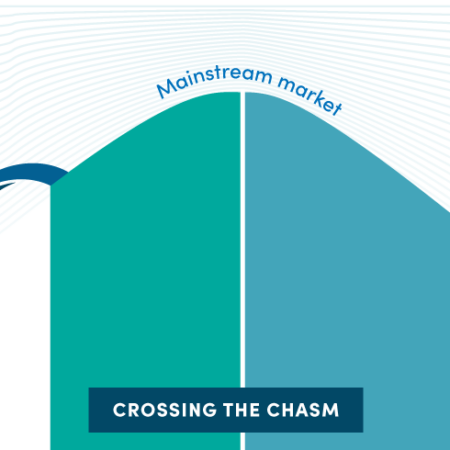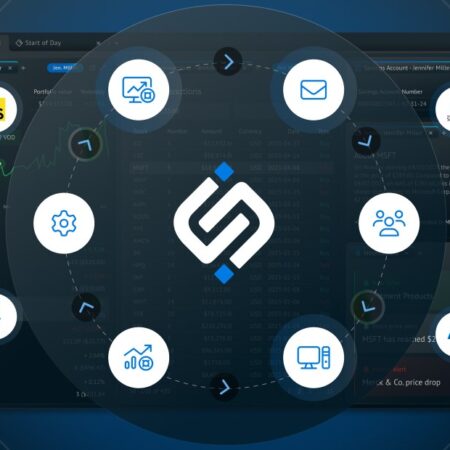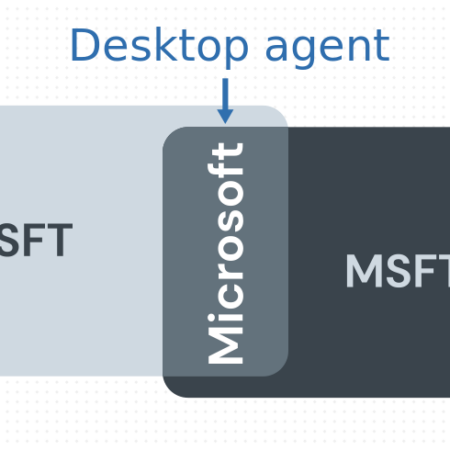Legacy technologies have a substantial amount of inertia within software organizations. Core products are almost (by definition) built on legacy technology. However, legacy tech can leave a team behind on the technology curve.
In this blog post, I’ll walk you through why FDC3 2.0 brings an important moment to the standard and interoperability across the industry.
Learn how microservices are used in financial services to support digital transformation initiatives, improve UX and ensure sustainability.
Interoperability (or interop for short) has gained popularity in the last few years because it helps simplify user journeys within and across desktop applications. Тhis is a high priority for institutions that need to accelerate their digital transformation and become more efficient.
The Desktop Integration Platform organizes and integrates multiple apps logically through a local message broker, and visually, through advanced window management shells, commonly referred to as Workspaces. Commercial vendors specialize in offering ready-to-use message brokers and window management tools to integrate both web and native applications. Additional components, including launchpads, multi-application search engines and notification panels, will help to streamline the platform experience further.
In any multi-step workflow, there are actions and responses to actions. These actions are composed of data context and intents—the core of FDC3. In this post, we’ll break down two key specifications of FDC3 to give them a closer look.
HTML5 is the most compelling state-of-the-art technology for building any GUI-based, cross-device application. HTML5 allows developers to deploy a single code base to both the browser and the desktop. Along with its siblings, CSS and JavaScript, HTML5 can build 99% of today’s applications. See why it’s the future of finance.






